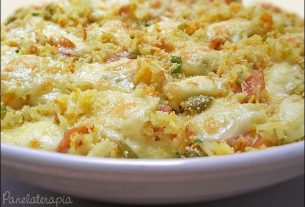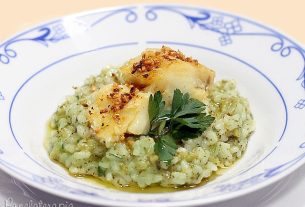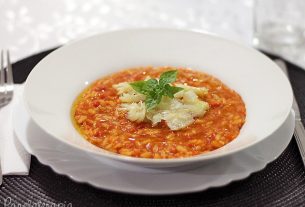
I received an email (thank you Iwao) with a text from Embrapa about parboiled rice.
I confess that I have never consumed this type of rice, but I was intrigued when I read the text. Why is there so much prejudice if it has so many benefits as Embrapa says?
Let’s go to Embrapa’s text:
What is parboiled rice?
The word parboilizado originated from the adaptation of the English term parboiled, coming from the agglutination of partial + boiled, that is, “partially boiled”.
It is not paraffin or glued rice, as many people think. The parboiling process is based on the hydrothermal treatment to which paddy rice is subjected, through the action of water and heat alone, without any chemical agent.
Parboiling is carried out through three basic operations:
1. Soaking: paddy rice is placed in tanks with hot water for a few hours. In this process, the vitamins and minerals found in the skin and germ penetrate the grain as it absorbs water.
2. Gelatinization: Autoclave Process – wet rice is subjected to a higher temperature under steam pressure, causing a change in the starch structure. At this stage, the grain becomes more compact and the vitamins and minerals are fixed inside.
3. Drying: The rice is dried for subsequent peeling, polishing and selection.
Its advantages are:
– Rich in vitamins and minerals, due to the parboiling process;
– When cooked, it is always loose;
– Makes more in the pan;
– Requires less oil when cooking;
– Can be reheated several times, maintaining its properties;
– High degree of hygiene in the industrialization process;
– Keeps for longer.
– Does not use chemicals
Detail: Brazil has the most advanced parboiling technology in the world!
Click to vote on this post!

Sign up for our newsletter and stay up to date with exclusive news
that can transform your routine!
Warning: Undefined array key "title" in /home/storelat/public_html/wp-content/plugins/link-whisper-premium/templates/frontend/related-posts.php on line 12
Warning: Undefined array key "title_tag" in /home/storelat/public_html/wp-content/plugins/link-whisper-premium/templates/frontend/related-posts.php on line 13



